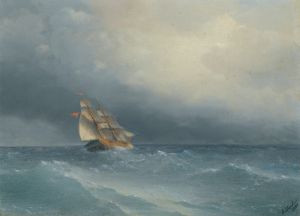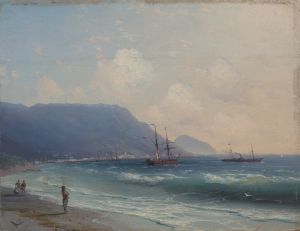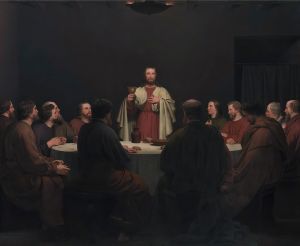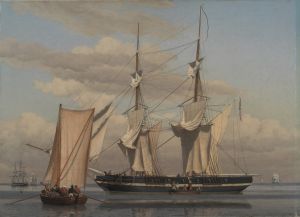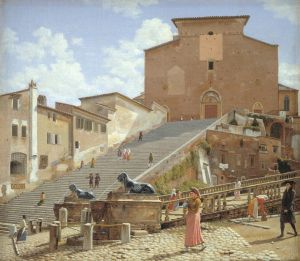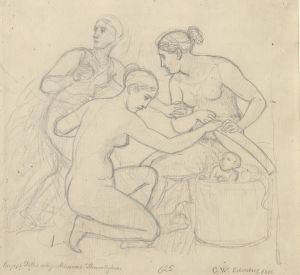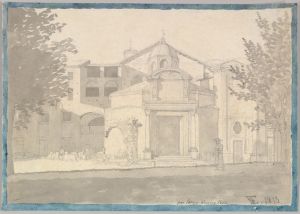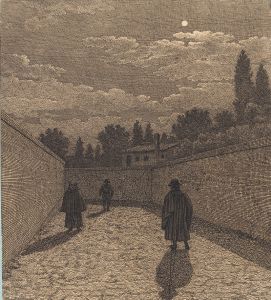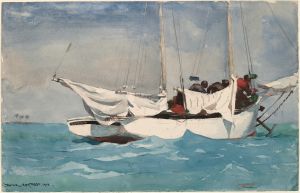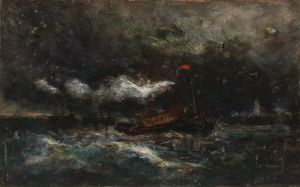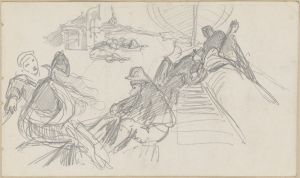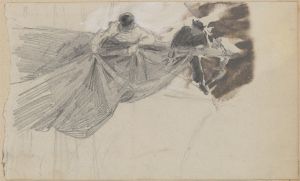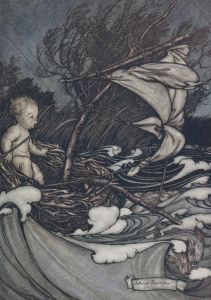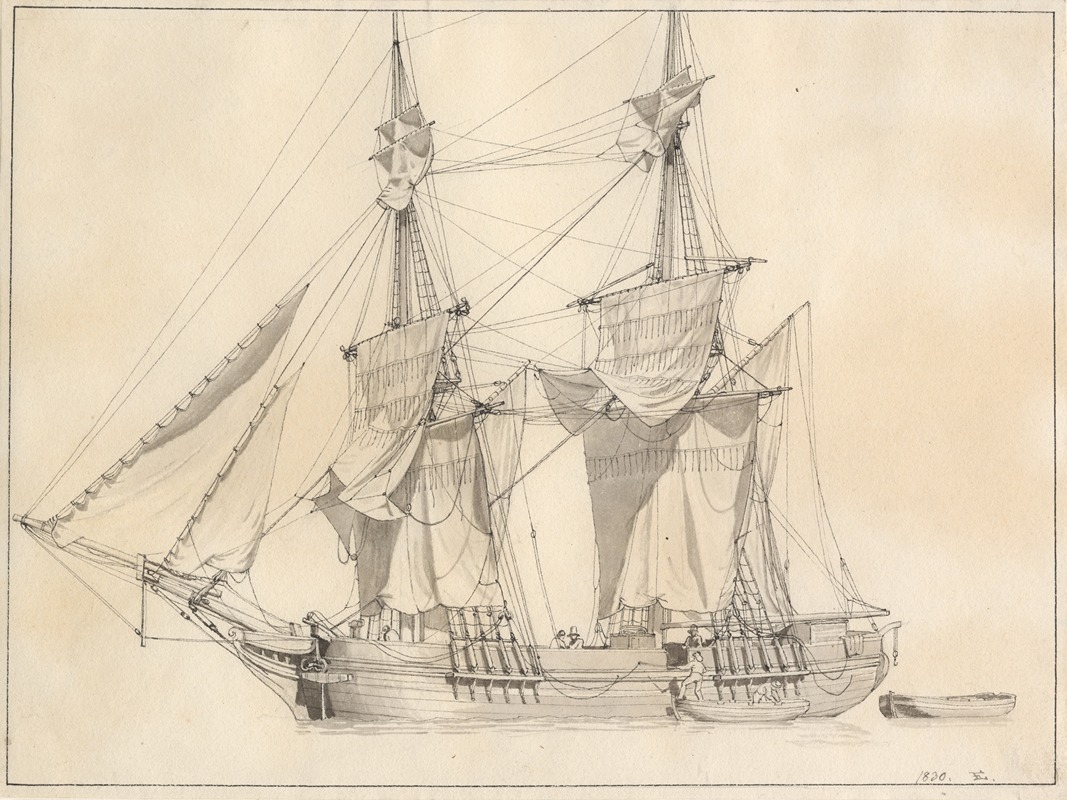
En brig tørrer sejl
A hand-painted replica of Christoffer Wilhelm Eckersberg’s masterpiece En brig tørrer sejl, meticulously crafted by professional artists to capture the true essence of the original. Each piece is created with museum-quality canvas and rare mineral pigments, carefully painted by experienced artists with delicate brushstrokes and rich, layered colors to perfectly recreate the texture of the original artwork. Unlike machine-printed reproductions, this hand-painted version brings the painting to life, infused with the artist’s emotions and skill in every stroke. Whether for personal collection or home decoration, it instantly elevates the artistic atmosphere of any space.
"En brig tørrer sejl" (A Brig Drying Sails) is a painting by the Danish artist Christoffer Wilhelm Eckersberg, created in 1832. Eckersberg, often referred to as the father of Danish painting, was a prominent figure in the Danish Golden Age of painting. His works are celebrated for their meticulous attention to detail and their ability to capture the essence of the Danish landscape and maritime life.
The painting depicts a brig, a type of sailing vessel with two square-rigged masts, drying its sails. This scene is set against a serene seascape, characterized by calm waters and a clear sky, which is typical of Eckersberg's style that often emphasizes clarity and precision. The brig is shown in a moment of rest, with its sails spread out to dry, a common practice for maintaining the sails and ensuring their longevity.
Eckersberg's training and background played a significant role in his ability to capture such maritime scenes with great accuracy. He studied at the Royal Danish Academy of Fine Arts in Copenhagen and later traveled to Paris and Rome, where he was influenced by the neoclassical style and the works of artists like Jacques-Louis David. His time in Rome, in particular, helped him refine his skills in depicting light and perspective, which are evident in "En brig tørrer sejl."
In addition to his travels, Eckersberg's personal experiences also contributed to his maritime paintings. He spent time on ships, observing and sketching the vessels and the sea, which allowed him to portray them with a high degree of realism. This dedication to firsthand observation is a hallmark of his work and is clearly visible in the detailed rendering of the brig and its surroundings in this painting.
"En brig tørrer sejl" is part of the collection at the Statens Museum for Kunst (the National Gallery of Denmark) in Copenhagen. The museum houses a significant number of Eckersberg's works, showcasing his contribution to Danish art and his influence on subsequent generations of artists. His ability to blend technical skill with a deep appreciation for his subjects has earned him a lasting legacy in the art world.
The painting not only reflects Eckersberg's technical prowess but also provides insight into the maritime culture of Denmark during the 19th century. The brig, as a common vessel of the time, represents the importance of seafaring and trade to the Danish economy and way of life. Through his art, Eckersberg has preserved a moment in time, offering viewers a glimpse into the daily practices and serene beauty of maritime life.
Overall, "En brig tørrer sejl" exemplifies Christoffer Wilhelm Eckersberg's mastery in capturing the interplay of light, water, and the human element within the maritime context. His work continues to be celebrated for its precision, beauty, and historical significance.





